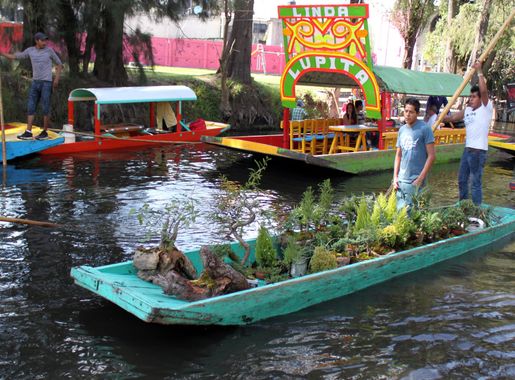
Xochimilco: The Floating Gardens of Mexico City
Discover Xochimilco, the enchanting 'Venice of Mexico,' where colorful trajineras, vibrant markets, and rich Aztec history create a unique and festive experience.
Xochimilco, often referred to as the 'Venice of Mexico,' is a vibrant neighborhood in Mexico City famous for its extensive network of canals. These waterways, originally constructed by the Aztecs, are now a UNESCO World Heritage site. A visit to Xochimilco is like stepping into a colorful, lively world where tradition and festivity blend seamlessly. One of the main attractions in Xochimilco is the trajinera boat ride. These brightly painted wooden boats glide along the canals, offering a unique way to experience the area's natural beauty and cultural richness. As you drift along the water, you'll encounter floating mariachi bands, food vendors, and exuberant celebrations that give you a true taste of Mexican life. Beyond the canals, Xochimilco has much to offer. The neighborhood is home to vibrant markets filled with local crafts, fresh produce, and delicious street food. The local flora and fauna are also worth exploring, with several ecological parks and gardens showcasing the region's biodiversity. With its charming atmosphere and rich cultural heritage, Xochimilco is a must-visit destination for anyone traveling to Mexico City.
Local tips in Xochimilco
- Visit on weekdays to avoid the crowds and get a more authentic experience of the canals.
- Bring cash as many of the local vendors and boat operators do not accept cards.
- Wear comfortable shoes if you plan to explore the markets and ecological parks.
- Hire a local guide to learn about the history and significance of the chinampas (floating gardens).
Xochimilco: The Floating Gardens of Mexico City
Xochimilco, often referred to as the 'Venice of Mexico,' is a vibrant neighborhood in Mexico City famous for its extensive network of canals. These waterways, originally constructed by the Aztecs, are now a UNESCO World Heritage site. A visit to Xochimilco is like stepping into a colorful, lively world where tradition and festivity blend seamlessly. One of the main attractions in Xochimilco is the trajinera boat ride. These brightly painted wooden boats glide along the canals, offering a unique way to experience the area's natural beauty and cultural richness. As you drift along the water, you'll encounter floating mariachi bands, food vendors, and exuberant celebrations that give you a true taste of Mexican life. Beyond the canals, Xochimilco has much to offer. The neighborhood is home to vibrant markets filled with local crafts, fresh produce, and delicious street food. The local flora and fauna are also worth exploring, with several ecological parks and gardens showcasing the region's biodiversity. With its charming atmosphere and rich cultural heritage, Xochimilco is a must-visit destination for anyone traveling to Mexico City.
Iconic landmarks you can’t miss
Xochimilco Market
Explore the lively Xochimilco Market, a cultural gem in Mexico City offering artisanal goods, delicious local cuisine, and vibrant community life.
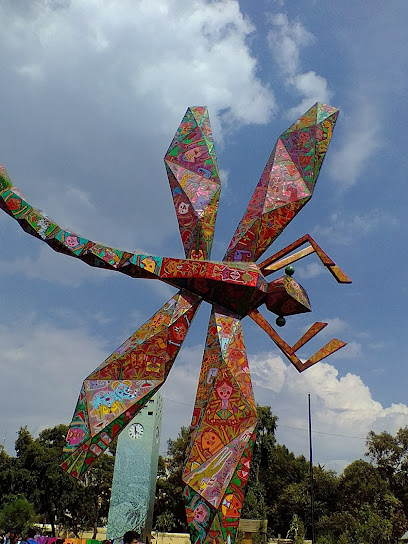
Parque Ecológico de Xochimilco
Explore the serene beauty of Parque Ecológico de Xochimilco, a lush ecological park in Mexico City offering rich biodiversity and cultural heritage.
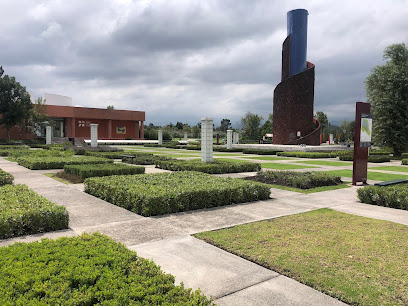
Magical Xochimilco Trajineras
Discover the vibrant waterways of Xochimilco, where colorful trajineras and lively mariachi music create an unforgettable cultural experience in Mexico City.
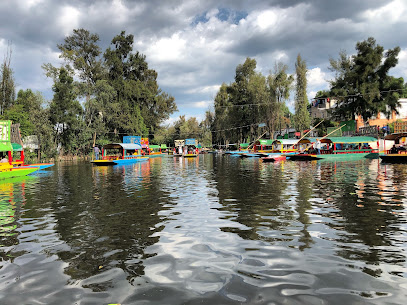
Las Trajineras
Discover the vibrant canals of Las Trajineras in Xochimilco, where tradition meets beauty in a picturesque setting perfect for tourists.
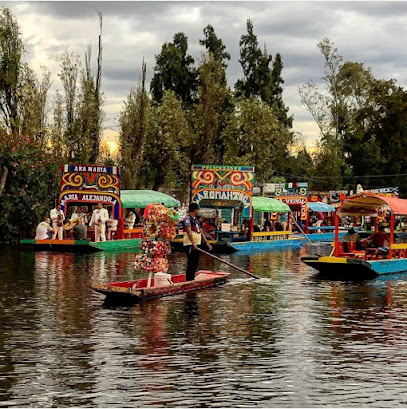
Trajineras Xochimilco - Embarcadero Cuemanco
Explore the enchanting canals of Xochimilco with vibrant trajineras, immersing yourself in Mexico's rich culture and picturesque scenery.
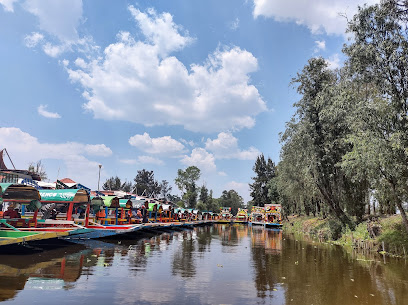
Museo Arqueológico de Xochimilco
Explore the rich archaeological heritage of Xochimilco at this captivating local history museum showcasing ancient Mesoamerican civilizations.
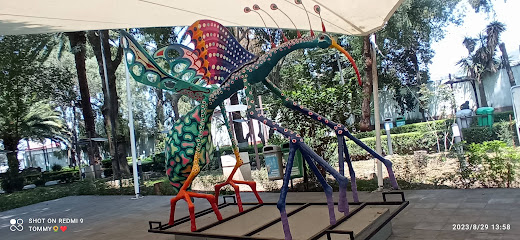
Xochimilco
Discover the enchanting canals of Xochimilco, a UNESCO World Heritage site, with vibrant boats, rich culture, and unforgettable experiences in Mexico City.
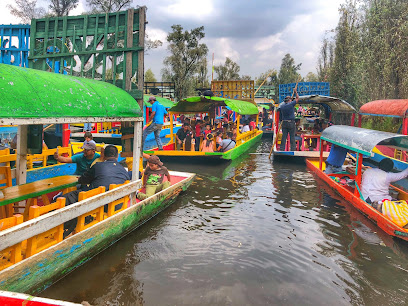
Ecoturistico Michmani Park
Explore Ecoturistico Michmani Park, a serene green oasis in Xochimilco, offering vibrant biodiversity, tranquility, and eco-friendly experiences.
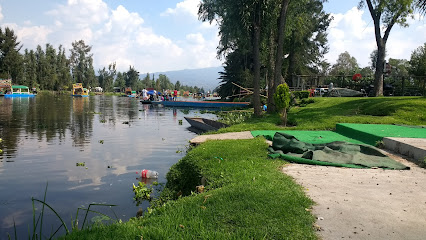
Trajineras Xochimilco
Discover the vibrant canals of Xochimilco, a UNESCO World Heritage Site, filled with colorful trajineras, music, and delicious local cuisine.
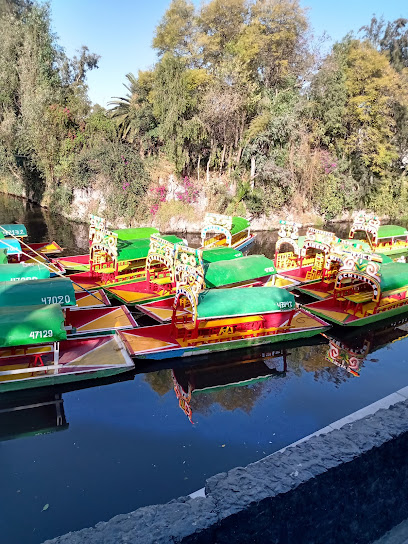
Xochimilco Un Lugar Mágico
Discover the beauty of Xochimilco Un Lugar Mágico, where vibrant culture and serene canals create the perfect picnic paradise in Mexico City.
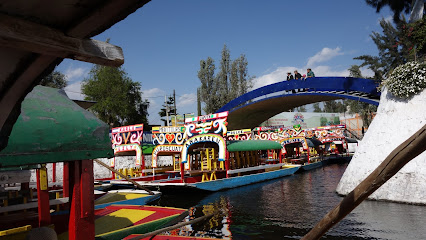
Unmissable attractions to see
Xochimilco Market
Experience the vibrant culture and culinary delights at Xochimilco Market, a must-visit destination in Mexico City for an authentic local experience.
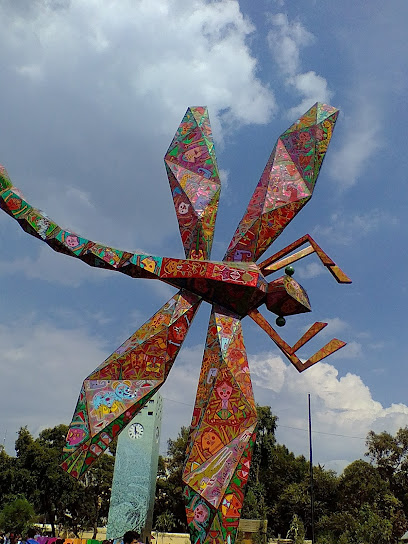
Parque Ecológico de Xochimilco
Discover the natural beauty and cultural heritage of Parque Ecológico de Xochimilco, a serene ecological park in Mexico City with stunning landscapes and vibrant biodiversity.

Trajineras Xochimilco Don Pedro
Discover the colorful canals of Xochimilco at Trajineras Don Pedro, a vibrant attraction in Mexico City rich in culture and tradition.
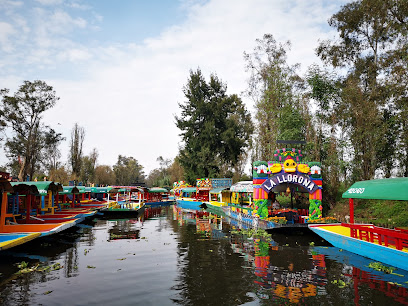
Magical Xochimilco Trajineras
Experience the vibrant culture and stunning beauty of Xochimilco's trajineras, a must-see attraction in Mexico City.
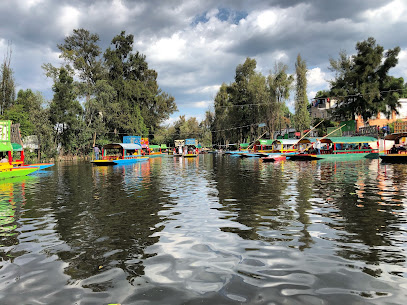
Las Trajineras
Discover the vibrant canals of Las Trajineras in Xochimilco, where colorful boats and rich traditions await every traveler.
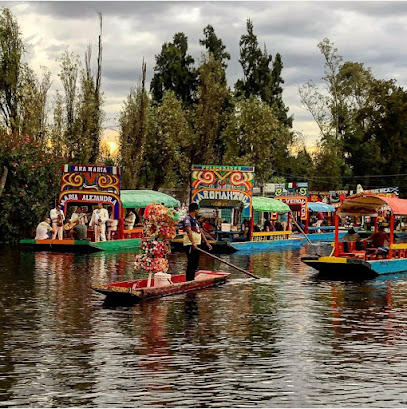
Trajineras Xochimilco - Embarcadero Cuemanco
Explore the vibrant canals of Xochimilco, a UNESCO World Heritage Site, where colorful trajineras and local culture create unforgettable memories.

Xochimilco
Explore the colorful canals of Xochimilco, a cultural treasure in Mexico City, rich in history, music, and culinary delights.
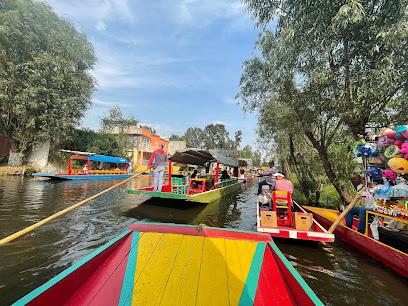
Trajineras Xochimilco magico
Discover the vibrant canals of Xochimilco, Mexico City, aboard colorful trajineras for an unforgettable cultural and culinary experience.
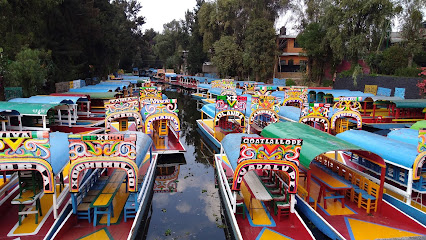
Embarcadero nativitas
Explore the vibrant canals and rich culture of Embarcadero Nativitas, a must-visit tourist attraction in Xochimilco, Mexico City.
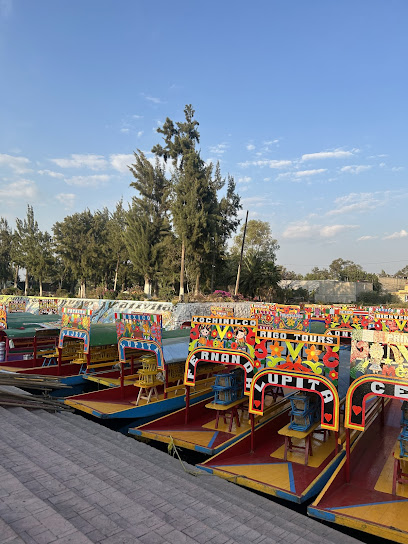
Trajíneras xochimilco
Discover the vibrant canals of Trajineras Xochimilco, where colorful boats, local cuisine, and rich culture create an unforgettable experience in Mexico City.
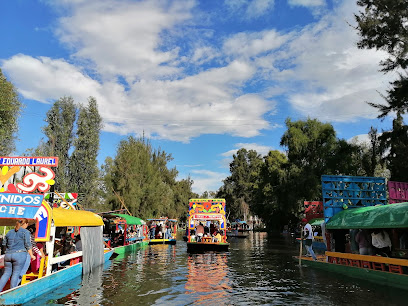
Ecoturistico Michmani Park
Experience the tranquility and beauty of Ecoturistico Michmani Park in Xochimilco, where nature and eco-tourism come together in harmony.
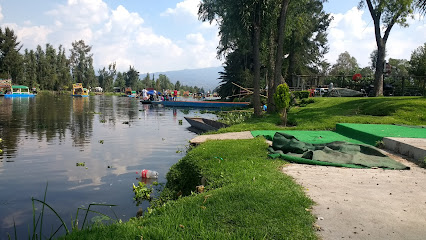
Trajineras Xochimilco
Explore the vibrant canals of Xochimilco, home to colorful trajineras and a rich cultural heritage in the heart of Mexico City.
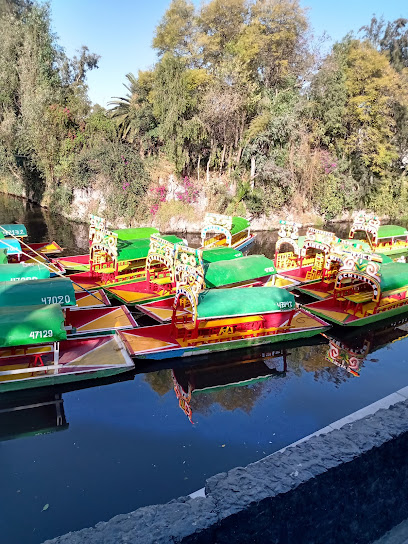
Trajineras Xochimilco Lindo | Tour a Xochimilco y Renta de Trajineras
Discover the vibrant canals of Xochimilco, where tradition meets adventure on colorful trajineras in Mexico City.
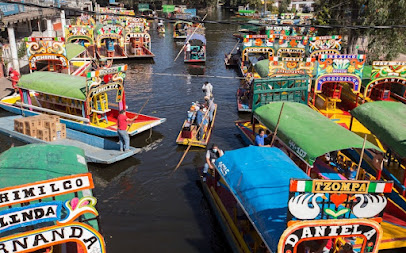
Trajineras-Xochitl-Xolotl- Xochimilco
Explore the vibrant canals of Xochimilco, where colorful trajineras, rich history, and lively culture create unforgettable experiences.
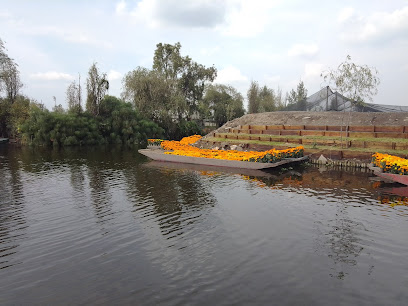
Mi Lindo Xochimilco
Discover the vibrant canals of Mi Lindo Xochimilco, a colorful and cultural gem in the heart of Mexico City, perfect for an unforgettable day on the water.
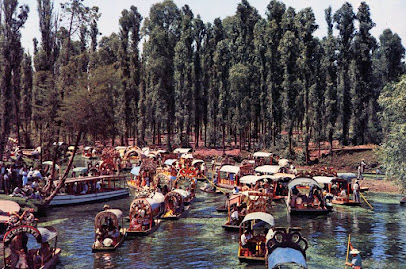
Essential places to dine
Flor de Maíz
Savor the rich flavors of authentic Mexican cuisine at Flor de Maíz in Xochimilco - a culinary gem in Mexico City offering delightful dishes.
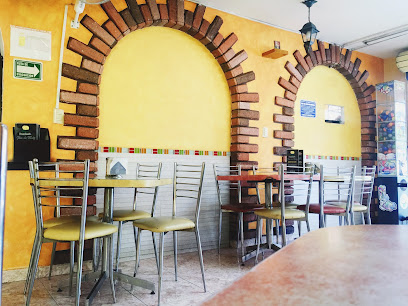
Fonda Tepepan
Experience authentic Mexican cuisine at Fonda Tepepan in Xochimilco; indulge in delicious breakfasts & vibrant local flavors.
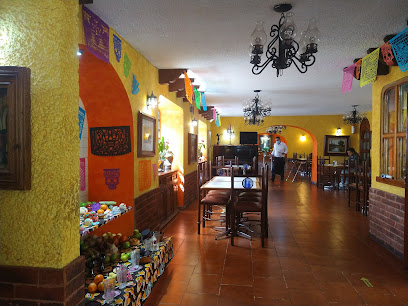
Restaurante Lina Xochimilco
Savor authentic Mexican cuisine at Restaurante Lina Xochimilco, where tradition meets vibrant flavors in a charming setting.
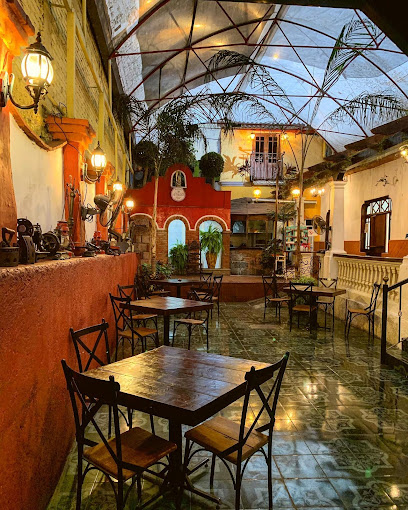
RESTAURANTE LA TRAJINERA
Experience authentic Mexican cuisine at Restaurante La Trajinera in Xochimilco—where every meal is a celebration of flavor and culture.
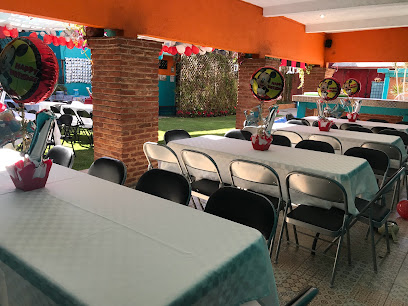
DALIA Mercado Cultural
Experience the heart of Mexico at DALIA Mercado Cultural - where authentic cuisine meets vibrant cultural celebrations.
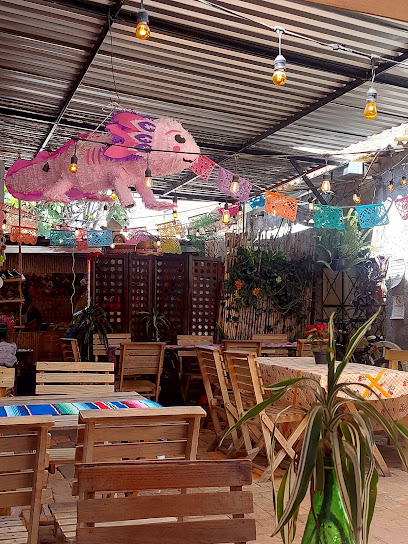
Restaurancito Xoctontli
Discover authentic Mexican flavors at Restaurancito Xoctontli, a must-visit culinary haven in the heart of Xochimilco.
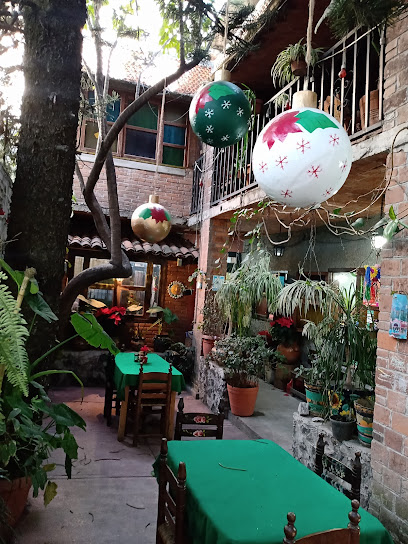
La Cochinita con Mare Suc. Xochimilco
Explore authentic Mexican flavors at La Cochinita con Mare Suc. Xochimilco – where tradition meets taste in every bite.
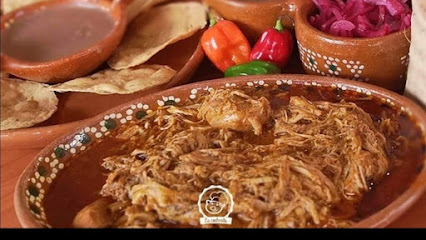
XOCHINITO
Experience authentic Mexican cuisine at Xochinito in Xaltocan – where tradition meets flavor in every dish.
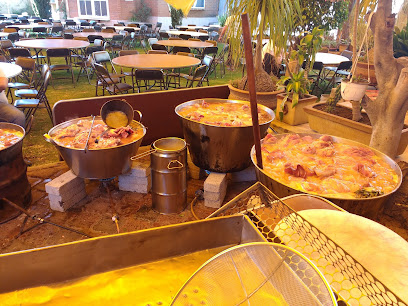
Xochimilco
Explore Xochimilco: A UNESCO World Heritage Site with colorful canals, traditional cuisine, and rich cultural heritage awaits your discovery.
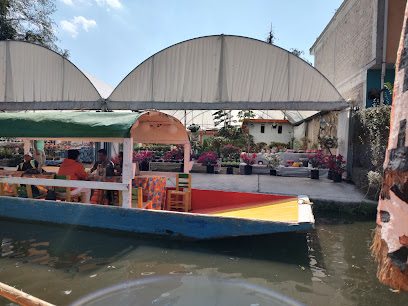
La Tuurka de Xochimilco
Experience authentic Mexican cuisine at La Tuurka de Xochimilco, where vibrant flavors meet cultural richness in every dish.
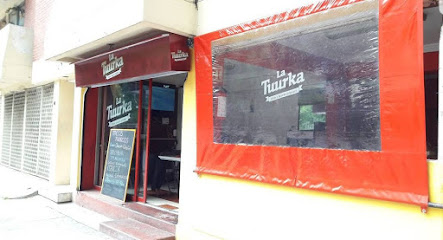
Markets, malls and hidden boutiques
Xochimilco Market
Immerse yourself in the vibrant culture of Mexico City at Xochimilco Market, where local flavors and crafts come alive in a bustling atmosphere.
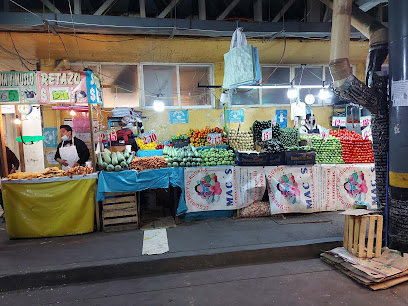
Parque Ecológico de Xochimilco
Explore the breathtaking landscapes of Parque Ecológico de Xochimilco, a serene state park in Mexico City with picturesque canals and rich biodiversity.
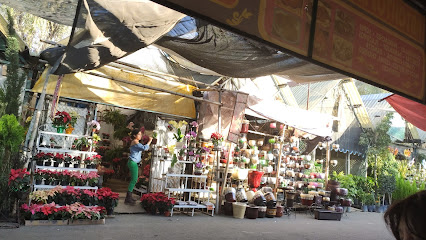
Trajineras Xochimilco Don Pedro
Experience the vibrant culture of Mexico City at Trajineras Xochimilco Don Pedro with colorful boats, delicious food, and lively music.

Magical Xochimilco Trajineras
Discover the vibrant canals of Xochimilco, where colorful trajineras, mariachi music, and delicious cuisine create a unique cultural experience.
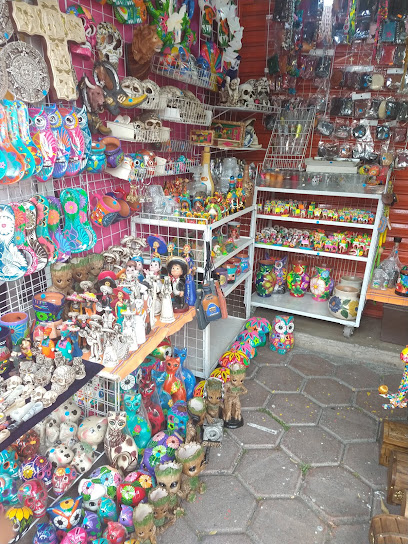
PARISINA XOCHIMILCO
Explore Parisina Xochimilco, a vibrant fabric store in Mexico City, offering a plethora of textiles and crafting supplies for creative souls.

VERTICHE Xochimilco
Discover unique fashion at VERTICHE Xochimilco, where local culture meets contemporary style in one of Mexico City’s most vibrant districts.

Xochimilco
Explore Xochimilco: A colorful canal paradise rich in history and culture, perfect for leisurely boat rides and local delicacies.
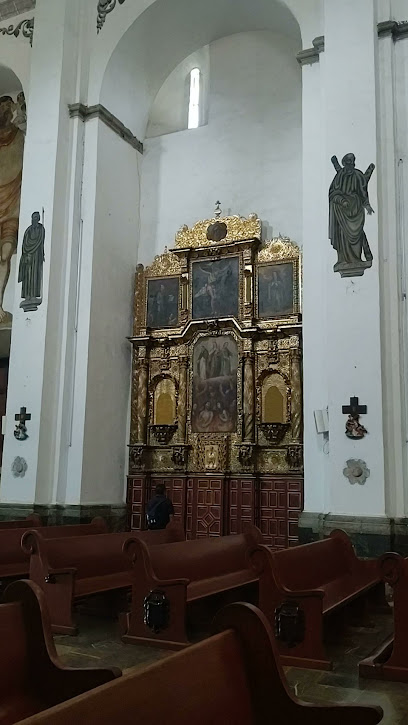
Gerat Infants Boutique Xochimilco
Explore trendy and stylish children's clothing at Gerat Infants Boutique in Xochimilco, a must-visit destination for fashion-savvy parents on the go.

Íntima Hogar Xochimilco
Explore the vibrant world of quilting at Íntima Hogar Xochimilco, where tradition meets creativity in the heart of Mexico City.
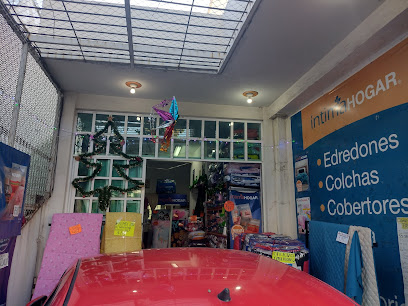
Shopping Lola Boutique
Discover unique women's fashion at Shopping Lola Boutique in Xochimilco, where style meets local charm.

Essential bars & hidden hideouts
Luna Roja
Experience the heart of Xochimilco at Luna Roja, where vibrant live music meets delicious Mexican cuisine in a lively atmosphere.
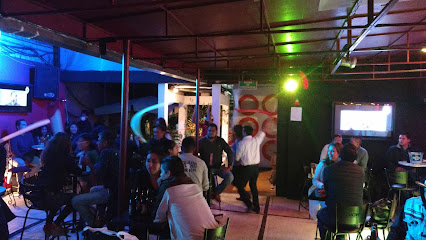
La Botijona
Discover the vibrant nightlife of Xochimilco at La Botijona, a bar offering a delightful mix of traditional cocktails and modern ambiance.
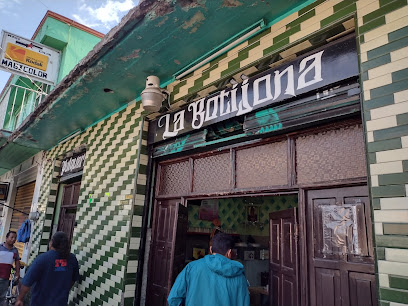
Las Peceras Bar (Xochimilco)
Discover the lively nightlife at Las Peceras Bar in Xochimilco, where great drinks, vibrant atmosphere, and local culture collide.
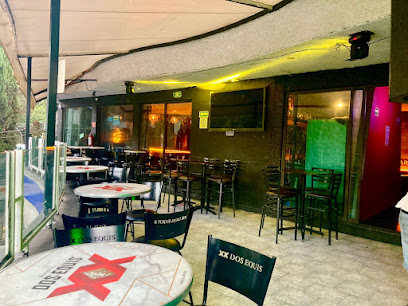
La Mariachelada Xochimilco
Experience the vibrant atmosphere and unique flavors at La Mariachelada Xochimilco, a bar that embodies the spirit of Mexican culture.
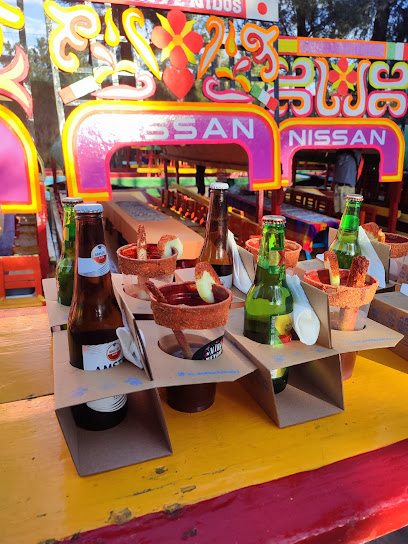
Jean Bar
Experience the vibrant flavors of Xochimilco at Jean Bar - a top grill and bar destination showcasing local culinary delights.
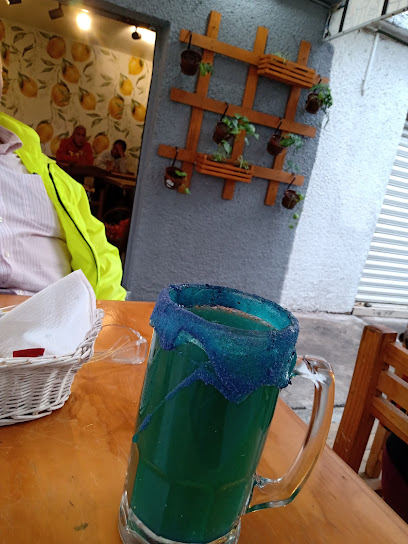
El Hangar Bar
Experience the lively atmosphere of El Hangar Bar in Xochimilco, where delicious drinks and vibrant nightlife await.
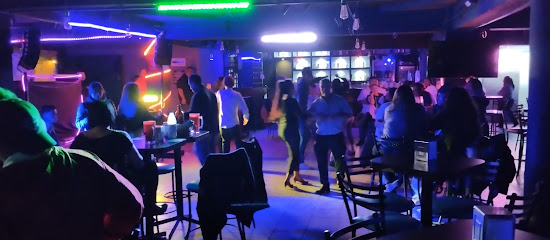
Pandahouse
Experience the vibrant culture of Xochimilco at Pandahouse, a local bar offering refreshing drinks and a welcoming atmosphere.

La Cueva del Thrash
Experience vibrant nightlife and local culture at La Cueva del Thrash, the perfect bar for unforgettable evenings in Xochimilco.
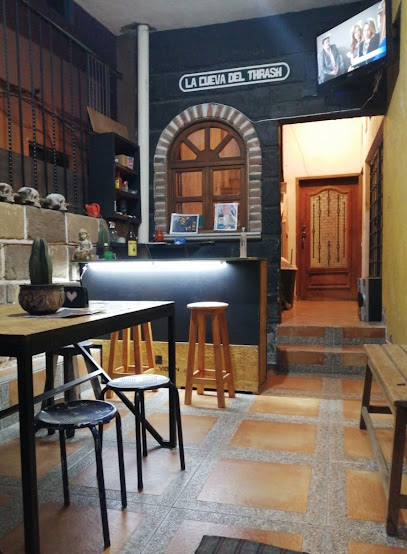
Artesanal para todos
Discover the vibrant craft beer culture at Artesanal para Todos, a brewpub in Xochimilco blending tradition with innovation in every pint.

El paraíso de habier
Discover El Paraíso de Habier, a vibrant bar in Xochimilco, where you can enjoy refreshing drinks and immerse yourself in local culture.
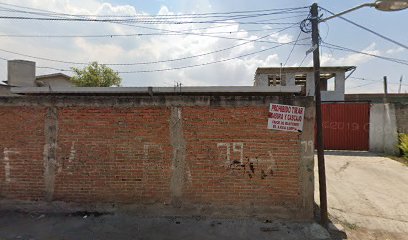
History of Xochimilco
-
Xochimilco, a UNESCO World Heritage Site, was originally inhabited by the Mexica (Aztecs) and served as a vital agricultural hub. The region is renowned for its chinampas—floating gardens created by the Mexica to maximize agricultural output. These intricate systems of canals and islands allowed for year-round farming and supported the dense population of Tenochtitlán, the Aztec capital, located nearby.
-
Following the Spanish conquest in the early 16th century, Xochimilco underwent significant changes. The Spaniards repurposed the chinampas for their own agricultural needs, introducing new crops and livestock. The area was also marked by the establishment of colonial churches and haciendas, transforming the landscape and cultural practices of the indigenous people.
-
The 19th century saw a revival of Xochimilco as a cultural center. Artists, poets, and intellectuals began to gather in Xochimilco, drawn by its picturesque landscapes and rich tradition. The area became known for its vibrant fiestas, traditional music, and art, preserving indigenous customs while integrating elements of Spanish colonial culture.
-
In recent decades, Xochimilco has faced environmental challenges due to urbanization and pollution. However, efforts have been made to conserve its unique ecosystem and cultural heritage. The regeneration of the canals and chinampas, along with the promotion of eco-tourism, has sparked renewed interest in preserving both the natural and cultural wealth of this historic neighborhood.
-
Xochimilco has become an emblem of Mexican identity, celebrated for its traditional trajineras (colorfully decorated boats) and mariachi music. The area's cultural festivals, such as the Day of the Dead and the Flower Festival, showcase its vibrant traditions and continue to attract both locals and tourists, reinforcing Xochimilco's status as a vital part of Mexico City's cultural tapestry.
Xochimilco Essentials
-
Xochimilco is accessible from various neighborhoods in Mexico City. The most convenient way to get there is by taking the Metro Line 12 (the Golden Line) to the 'Xochimilco' station. Alternatively, you can take a taxi or rideshare service from other parts of the city. Buses also run from various locations, such as Terminal de Autobuses de Pasajeros de Pasajeros de Taxqueña, which provides direct access to Xochimilco.
-
Once in Xochimilco, the best way to explore is by utilizing the famous trajineras (colorful boats), which can be rented for a few hours. For land travel, local buses and taxis are available, with the option of renting bicycles to navigate the area at a leisurely pace. Walking is also a pleasant way to discover the charming streets and local markets.
-
Xochimilco is relatively safe for tourists, but it is advisable to remain cautious, especially in crowded areas. Avoid visiting isolated spots along the canals at night. Areas such as the outskirts of Xochimilco may experience higher crime rates, particularly petty theft. Always keep your belongings secure and be aware of your surroundings.
-
In case of emergency, dial 911 for police, fire, or medical assistance. It is recommended to have travel insurance that covers emergencies. For minor health issues, there are pharmacies located throughout Xochimilco. The nearest hospitals can be found in the central areas, and the staff often speak basic English.
-
Fashion: Do wear comfortable clothing and shoes suitable for walking and boat rides. Don't wear overly flashy jewelry that may attract unwanted attention. Religion: Do respect local customs, particularly when visiting churches or shrines. Public Transport: Do give up your seat to elderly passengers. Don't engage in loud conversations on public transport. Greetings: Do greet locals with a friendly 'hola' and a smile. Eating & Drinking: Do try local dishes, especially the quesadillas and elotes. Don't drink tap water; always opt for bottled water.
-
To experience Xochimilco like a local, visit the bustling markets, especially the Mercado de Xochimilco, where you can find fresh produce and traditional snacks. Participate in a weekend mariachi serenade on a trajinera for a truly local experience. Engaging in conversations with local boat operators can provide insights into the history and culture of the area. Don't forget to try the local beverage, pulque, at one of the traditional bars.
Nearby Cities to Xochimilco
-
Things To Do in Taxco
-
Things To Do in Puebla
-
Things To Do in Queretaro
-
Things To Do in San Miguel de Allende
-
Things To Do in Acapulco
-
Things To Do in Guanajuato
-
Things To Do in Veracruz
-
Things To Do in Oaxaca
-
Things To Do in Puerto Escondido
-
Things To Do in Guadalajara
-
Things To Do in Ixtapa-Zihuatanejo
-
Things To Do in Puerto Vallarta
-
Things To Do in Chiapas
-
Things To Do in Monterrey
-
Things To Do in Matamoros


